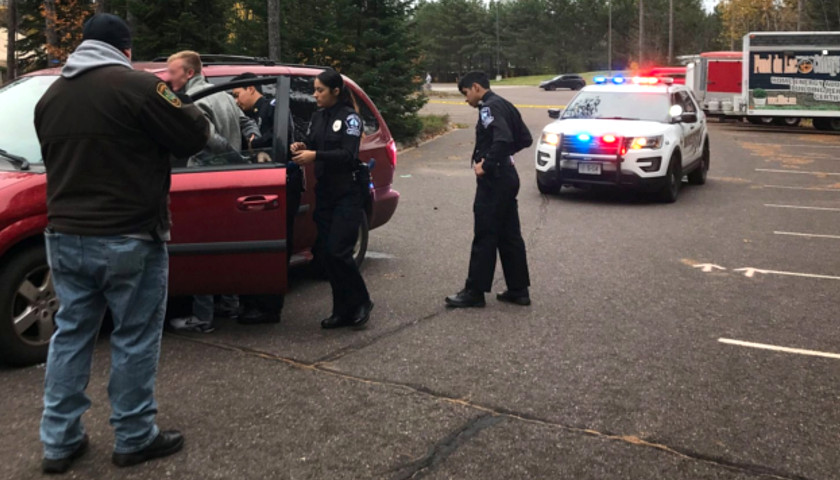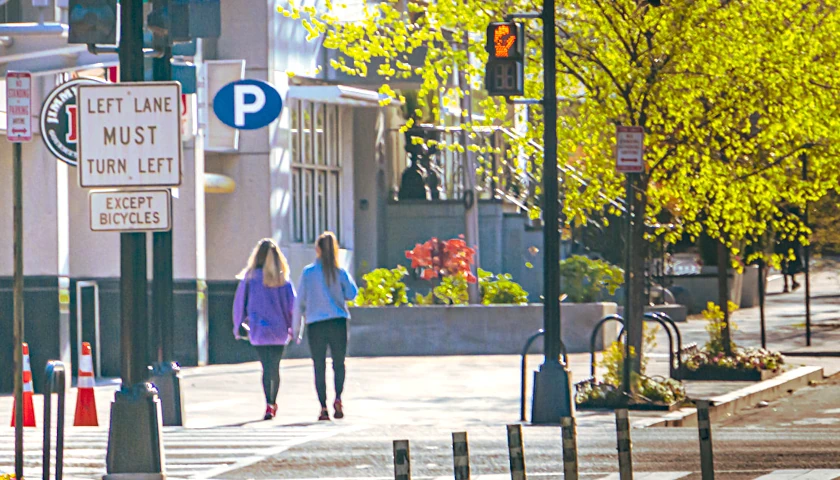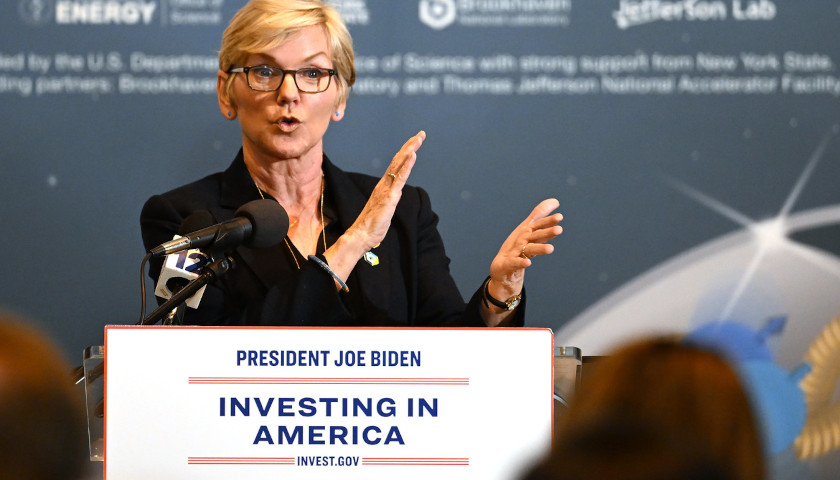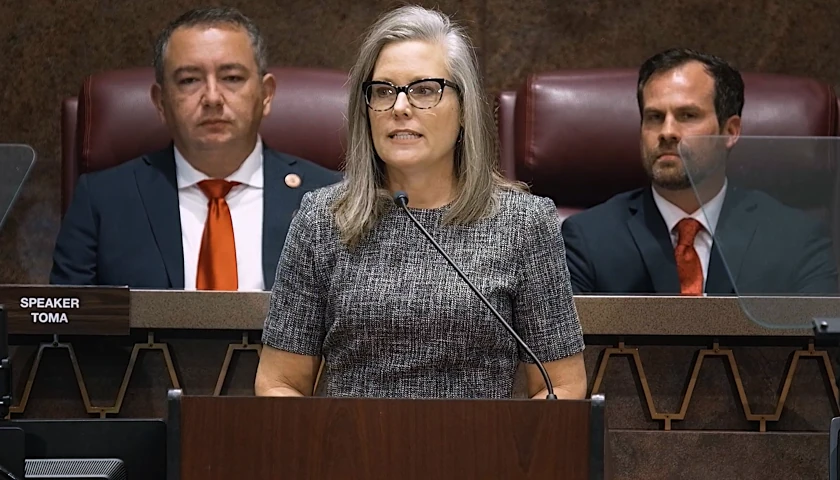by Kyle Hooten
The head of the Minneapolis police union fired back at a recent report that accuses the city’s police of racism. She is not alone.
The report, compiled by the Minnesota Department of Human Rights (MDHR), concluded that “there is probable cause that the City and MPD engage in a pattern or practice of race discrimination in violation of the Minnesota Human Rights Act.” Specifically, the report says MPD officers take harsher action against black people than white people in similar circumstances, use offensive language, and maintain anonymous social media accounts “to surveil black individuals and organizations.”
The 72-page report has generated significant media buzz around Minnesota, capturing the attention of state leaders. However, its conclusions have not gone unquestioned.
The most basic criticism of the document is its scope; it addresses years of policing that occurred before recent reforms in a department that some say bears little resemblance to the MPD of 2022. Others, like Power Line’s Scott Johnson, note that MPD was under the control of former Chief Medaria Arradondo from 2017 until January of this year.
“He is black. Can we go to him for comment? Is he a racist? Does he take responsibility for the department’s systemic racism?” Johnson asks.
Another key weakness of the study is its methodology for determining what circumstances are “similar.” Even the left-leaning Star Tribune Editorial Board has looked with skepticism on the MDHR’s conclusion that black citizens receive worse treatment from the MPD than white citizens in the same situations.
“Questions also may be raised about some of the statistical conclusions in the report,” the board writes. “Data comparing arrests under ‘similar circumstances’ is critical and damning, but many factors beyond race and bias could complicate drawing broad conclusions about some disparities.”
Meanwhile, Sherral Schmidt, president of the Police Officers Federation of Minneapolis, maintains that officers are unbiased, only enforcing the law against those who break it.
“Minneapolis cops go to work every day and serve the city of Minneapolis with professionalism,” she said in a statement provided to Alpha News. “They do not choose who breaks the law. They do not choose who commits acts of violence against the community.”
Schmidt is apparently suggesting that MPD has the largest number of unpleasant interactions with the black community because that’s who is committing most of the crime. This suggestion is based on statistical reality.
According to the FBI’s 2020 Uniform Crime Report (the most recent report available), 67% of offenders in Minneapolis were black. Not only does this far surpass the 8% of crime perpetrated by white people, but white citizens of Minneapolis are disproportionately victimized relative to the amount they offend — being on the receiving end of 32% of crime in the city.
Schmidt believes MDHR “started with the predetermined conclusion that Minneapolis police officers are bad.”
“The MDHR appears to have focused on ‘evidence’ to support their preconceived conclusions. The data they presented as ‘evidence’ is without context. One thing became clear in the presentation: the investigation was not objective. It appears the MDHR fixated on opinions and outlier videos to make it look like every officer wearing our uniform is racist and sexist, which is simply not true,” she said.
Greg Pulles, a retired Twin Cities attorney, said the key conclusion in the report is that “similarly situated blacks and whites are treated differently.” He said this type of review is sometimes referred to as a “matched pair analysis.”
“To do this properly you need to identify all the factors that go into a decision, and so for something like use of force you need to identify all the factors that go into an officer’s decision to use force. So drunkenness, on drugs, verbally abusive, did the officer know the offender’s record, circumstances like what is the crime involved, and signs of resisting. Only after you identify the factors can you then attempt a matched pair analysis to see if truly similarly situated blacks and whites were treated the same,” he said.
“Instead, for use of force they use whether the suspect ‘tensed up.’ That is far from comprehensive enough to do a true matched pair analysis,” he added. “The core problem of course is that on average blacks are far more involved in crime and thus it is to be expected that their treatment will be different.”
– – –
Kyle Hooten is Managing Editor of Alpha News. His coverage of Minneapolis has been featured on television shows like Tucker Carlson Tonight and in print media outlets like the Wall Street Journal.
Photo “Minneapolis Police Department” by MPD.








